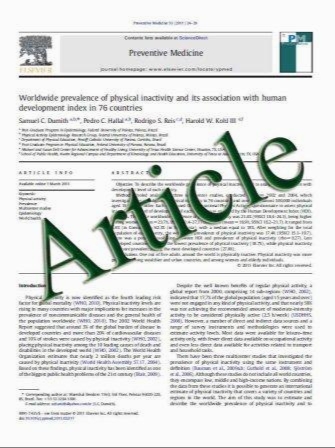Image-guided tumor resection using real-time near-infrared fluorescence in a syngeneic rat model of primary breast cancer
- نوع فایل : کتاب
- زبان : انگلیسی
- مؤلف : J. Sven D. Mieog Merlijn Hutteman Joost R. van der Vorst Peter J. K. Kuppen Ivo Que Jouke Dijkstra Eric L. Kaijzel Frans Prins Clemens
- چاپ و سال / کشور: 2010
Description
Tumor involvement of resection margins is found in a large proportion of patients who undergo breastconserving surgery. Near-infrared (NIR) fluorescence imaging is an experimental technique to visualize cancer cells during surgery. To determine the accuracy of realtime NIR fluorescence imaging in obtaining tumor-free resection margins, a protease-activatable NIR fluorescence probe and an intraoperative camera system were used in the EMR86 orthotopic syngeneic breast cancer rat model. Influence of concentration, timing and number of tumor cells were tested in the MCR86 rat breast cancer cell line. These variables were significantly associated with NIR fluorescence probe activation. Dosing and tumor size were also significantly associated with fluorescence intensity in the EMR86 rat model, whereas time of imaging was not. Real-time NIR fluorescence guidance of tumor resection resulted in a complete resection of 17 out of 17 tumors with minimal excision of normal healthy tissue (mean minimum and a mean maximum tumor-free margin of 0.2 ± 0.2 mm and 1.3 ± 0.6 mm, respectively). Moreover, the technique enabled identification of remnant tumor tissue in the surgical cavity. Histological analysis revealed that the NIR fluorescence signal was highest at the invasive tumor border and in the stromal compartment of the tumor. In conclusion, NIR fluorescence detection of breast tumor margins was successful in a rat model. This study suggests that clinical introduction of intraoperative NIR fluorescence imaging has the potential to increase the number of complete tumor resections in breast cancer patients undergoing breast-conserving surgery.
Breast Cancer Res Treat (2011) 128:679–689 DOI 10.1007/s10549-010-1130-6 Received: 19 May 2010 / Accepted: 13 August 2010 / Published online: 7 September 2010 Springer Science+Business Media, LLC. 2010


